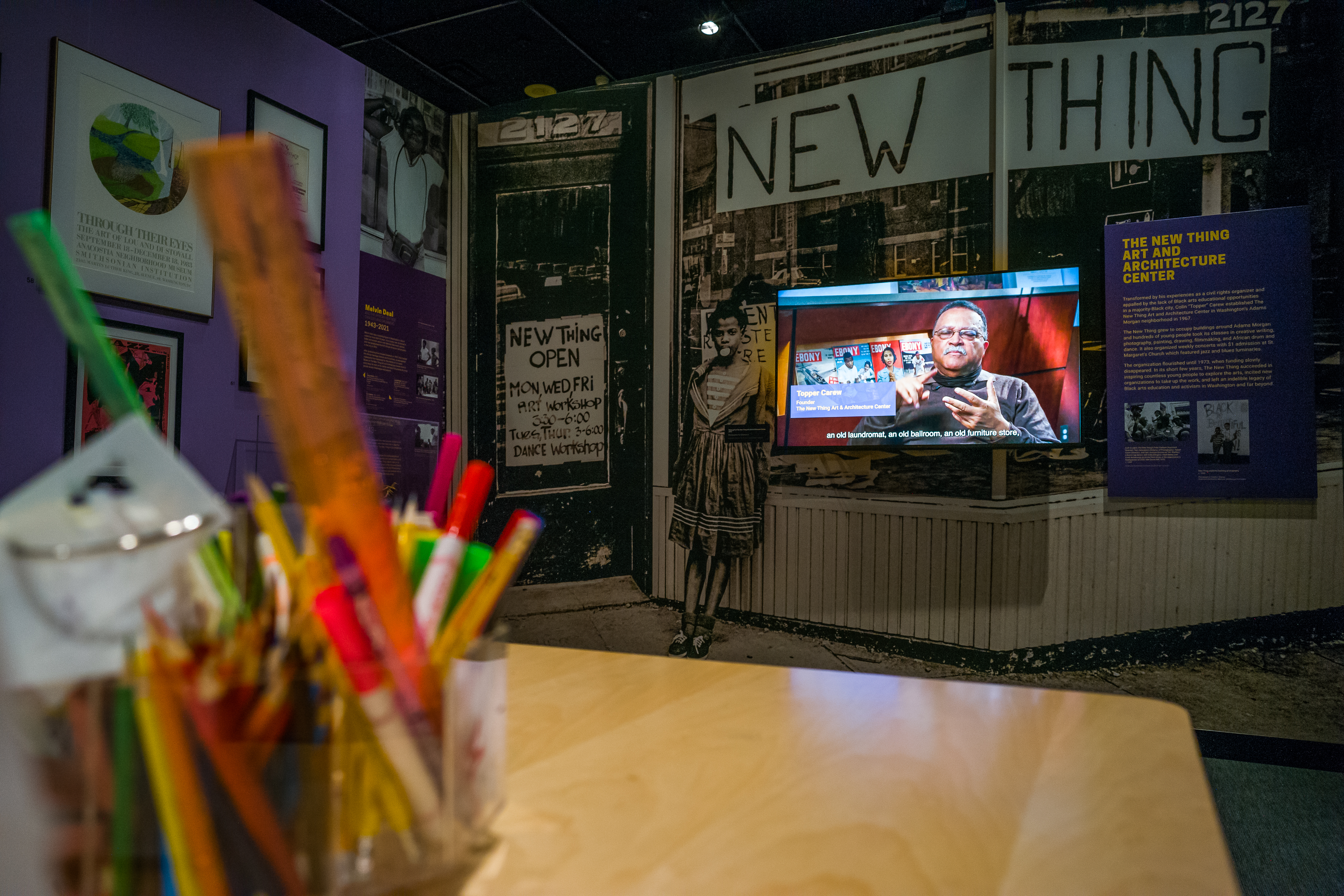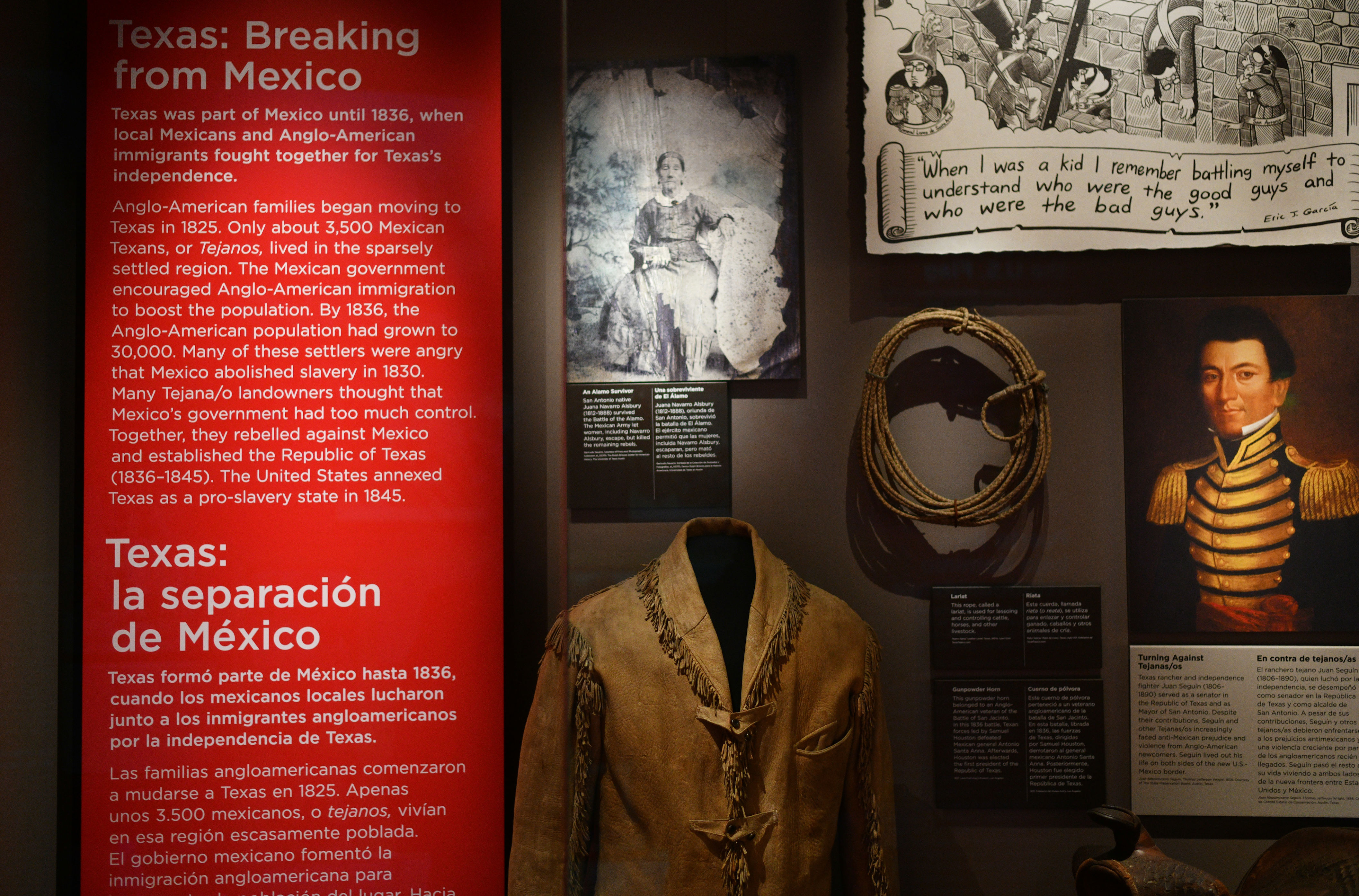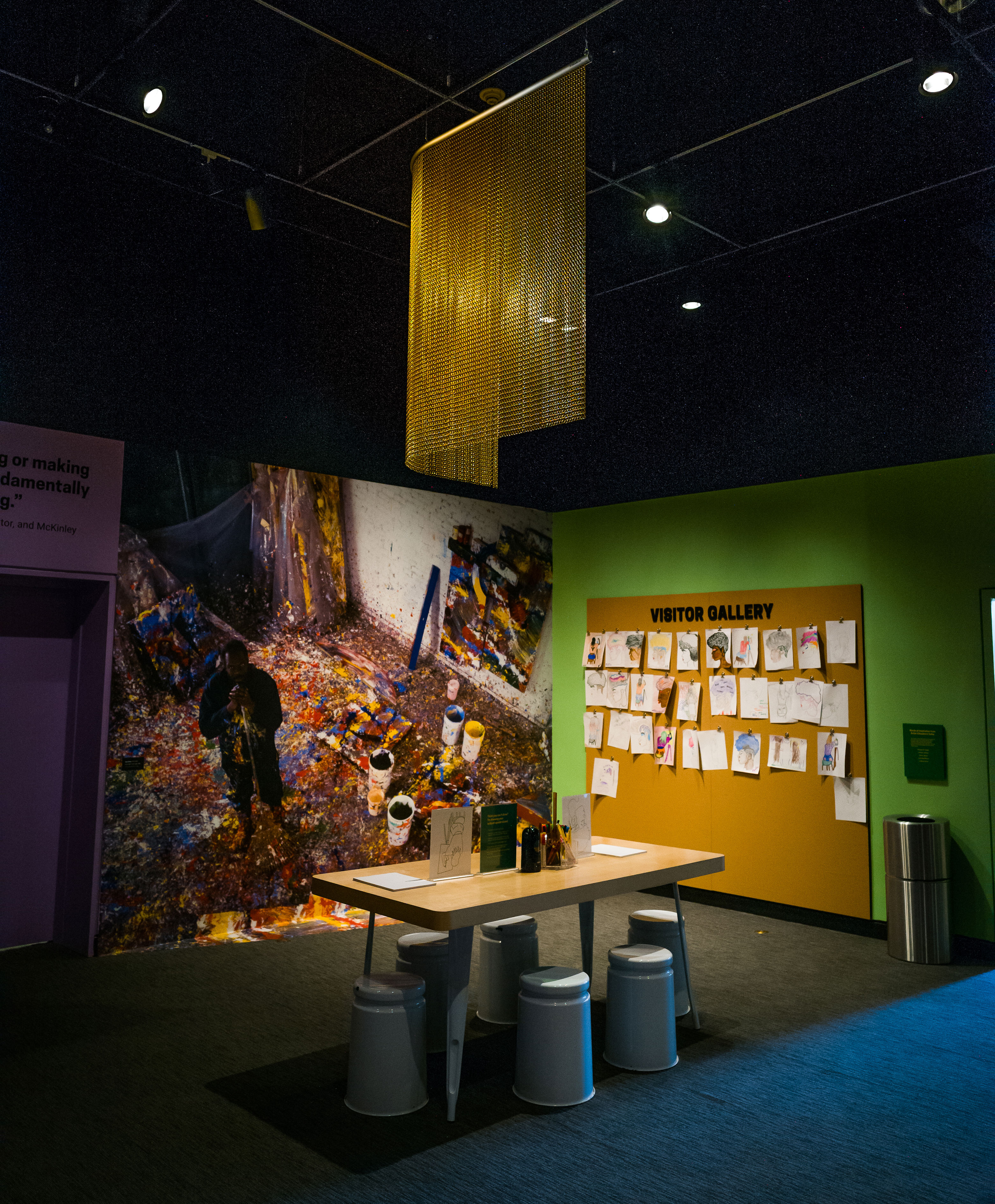Funding for Smithsonian’s Anacostia, Latino museums cut in proposed Trump budget

The Trump administration is proposing to eliminate separate funding for the Smithsonian’s long-planned National Museum of the American Latino on the National Mall, as well as the Anacostia Community Museum, a venerated D.C. staple that celebrates Black culture and history.
A broad spectrum of opponents, including members of the Republican-led Congressional Hispanic Conference, expressed alarm over the proposed cuts, which coincide with a White House effort to exert greater control over the management and programming at some of the country’s most prestigious cultural institutions.
Matthew Garcia, a professor of Latino history at Dartmouth College, said the potential loss of funding for the Latino museum would send the quest for Hispanic representation on the Mall back to square one.
“This is a step backwards,” Garcia said. “The question is, what will be the nerve center of the Smithsonian for Latino history and culture moving forward?”
The possible budget cuts for the Anacostia Community Museum could deprive Southeast Washington of a cultural resource that opened at the height of the civil rights movement in 1967.
“A lot of history nobody wants to know about is here,” said Ron Moten, founder of the recently opened Go-Go Museum in Ward 8. “A lot of the reason children do the negative things they do — throwing trash on the ground, for example — is they don’t understand the history and all the great things in their community. They don’t know who they are. This was a place where they could learn.”
President Donald Trump’s proposed 2026 budget now moves to Congress, where the museum cuts are likely to stir sharp debate. The proposal calls for folding the Anacostia museum into the National Museum of African American History and Culture and integrating Latino programing throughout various Smithsonian institutions.
“The Smithsonian intends to wait to take any action on that request until Congress has the opportunity to review the proposal, deliberate” and pass a budget, Phil Zimmerman, a Smithsonian spokesperson, wrote in an email.
The White House is proposing a 12 percent reduction in funding to the Smithsonian Institution’s budget, according to a May 30 email sent to Smithsonian staff by Lonnie G. Bunch III, the institution’s secretary. On Friday, four Republican members of the Congressional Hispanic Caucus, in a letter to the Senate and House chairs of the Appropriations committees, pointed out Trump’s past support for the Latino museum and described the proposed funding cut as a “disservice to the American public” that, if enacted, would “undermine the lasting contributions of the Latino community.” The letter was signed by Reps. Tony Gonzales (Texas), Monica De La Cruz (Texas), Gabe Evans (Colorado) and Nicole Malliotakis (New York).
The proposed cuts are the latest examples of the White House seeking to impose its will on the country’s cultural life.
In February, within weeks of taking office, the president fired the board at the John F. Kennedy Center for the Performing Arts and installed his allies. The board then elected Trump as its new chair.
The following month, the president signed an executive order calling for the removal of “anti-American ideology” from the Smithsonian. In late May, he announced the firing of Kim Sajet, the director of the Smithsonian’s National Portrait Gallery, though he did not say what authority he has over a position that is appointed by the Smithsonian secretary. Sajet has continued reporting for work .
Congress hasn’t approved a site for the proposed Latino museum, so there is no reason to include funding for it, said a White House official.
The National Museum of the American Latino has been in the works for decades. In 2020, during his first term, Trump signed legislation authorizing its creation. Two years later, the Smithsonian Board of Regents announced a possible location for the museum on the Mall.
Even with the construction of its own building at least a decade away, the Latino museum’s exhibits — temporarily housed in the basement of the National Museum of American History — have provoked the ire of conservatives.
The first exhibit in 2022, titled “¡Presente! A Latino History of the United States,” featured immigration stories and highlighted prominent Latinos, including Cuban American singer Celia Cruz and Puerto Rican baseball player Roberto Clemente. The exhibit also touched on LGBTQ+ rights, criminal justice reform and immigration reform.

At the time, Rep. Mario Díaz-Balart (R-Florida) and Gonzales criticized the exhibit for portraying “an overarching theme that Hispanics are deserters, traitors, and victims of oppression in the U.S.”
A proposed second exhibit, due to open in 2025, would have focused on Latino youth movements including the Puerto Rican-led Young Lords organization in New York, active in the 1960s and ’70s. The group was inspired by the Black Panther Party, which advocated for minority access to health care, education and employment.
Alfonso Aguilar, director of Hispanic engagement at the American Principles Project, a conservative advocacy group, said that while he supports the idea of a museum highlighting Hispanic achievements, the proposed exhibits focus too much on elevating progressive ideas.
“If it’s going to be a woke museum that is going to be used to advance a leftist ideology, I’d rather not have a museum at all,” Aguilar said in a phone interview. “And that’s why I believe that at this point, Congress should not continue funding it.”
However, the Latino museum has received a measure of bipartisan support. In April, U.S. Sens. Alex Padilla (D-California) and Ted Cruz (R-Texas) introduced a bill to allow for the construction of the $600 million museum . The senators did not respond to a request for comment.
At the heart of the debate over the museum is what it means to be Latino and how these stories are told, said Garcia, the Dartmouth professor and a former member of the museum’s scholarly advisory committee. Smithsonian staff, citing financial concerns, abruptly disbanded the committee Feb. 3, according to an email shared with The Washington Post.
Balancing the telling of stories of an ideologically and racially diverse people has proved to be a significant challenge, but one that the advisory group was ready to take on, Garcia said. “Latino history is a complicated history of a complex people. And so what you have is some of the most extreme political expressions on either side,” he said.
The proposed exhibit on Latino youth movements was also met with opposition from conservative Latino politicians. “Ultimately, that museum exhibit, which was about 65 percent done, was scrapped,” Garcia said.
The potential closure of the Anacostia museum stunned D.C. and neighborhood leaders who said its loss would deprive local residents of a vital resource.
S. Dillon Ripley, the secretary of the Smithsonian Institution who drove the creation of the museum during the 1960s, envisioned it as a place for residents of Ward 8 to learn about Black history and culture.
Over the years, the museum has hosted exhibits on subjects as disparate as Frederick Douglass, who once lived in Anacostia; Black churches; and go-go music, a D.C.-developed offshoot of funk.
“Anacostia was the example of the way you would do museums that focus on a racial minority in this country,” Garcia said. “They were doing it first. They were doing it better. They were doing it on a community level.”
The Anacostia museum’s spokesperson has not responded to a request for comment. The museum’s $3.1 million budget supports up to 17 employees.
The Rev. James Coates, 95, a member of the first elected D.C. Council who has lived in Anacostia since 1958, said the museum’s closing would be a “tragedy” for the neighborhoods of Ward 8, as well as the city beyond.
“We would lose the meaning and significance of Anacostia but its contribution to the rest of the city,” Coates said. “We want it to continue to exist.”

That the Trump administration is proposing to integrate the Anacostia museum into the African American Museum on the Mall is of no consolation to Ward 8 leaders who fear that important resources would be lost in the merger.
“How do we know they will find adequate space in the African American Museum?” asked Absalom Jordan, a longtime Ward 8 community organizer. “By being in the community, it’s closer to the people it impacts. We can find out about our history right here rather than driving five miles to the Mall and standing on long lines.”
“I’ve got a real problem with erasing Black history, and that’s what Trump has done,” he said.
Del. Eleanor Holmes Norton (D), D.C.’s nonvoting member of Congress, pledged to work with her House colleagues to continue the museum’s funding. She said shutting the museum would “undermine” its purpose as a “valuable community resource.”
“The ACM highlights the D.C. area’s vibrant local history and the creativity of the people who live here,” Norton said in an email. “It should stay in the community it serves.”
Post a Comment